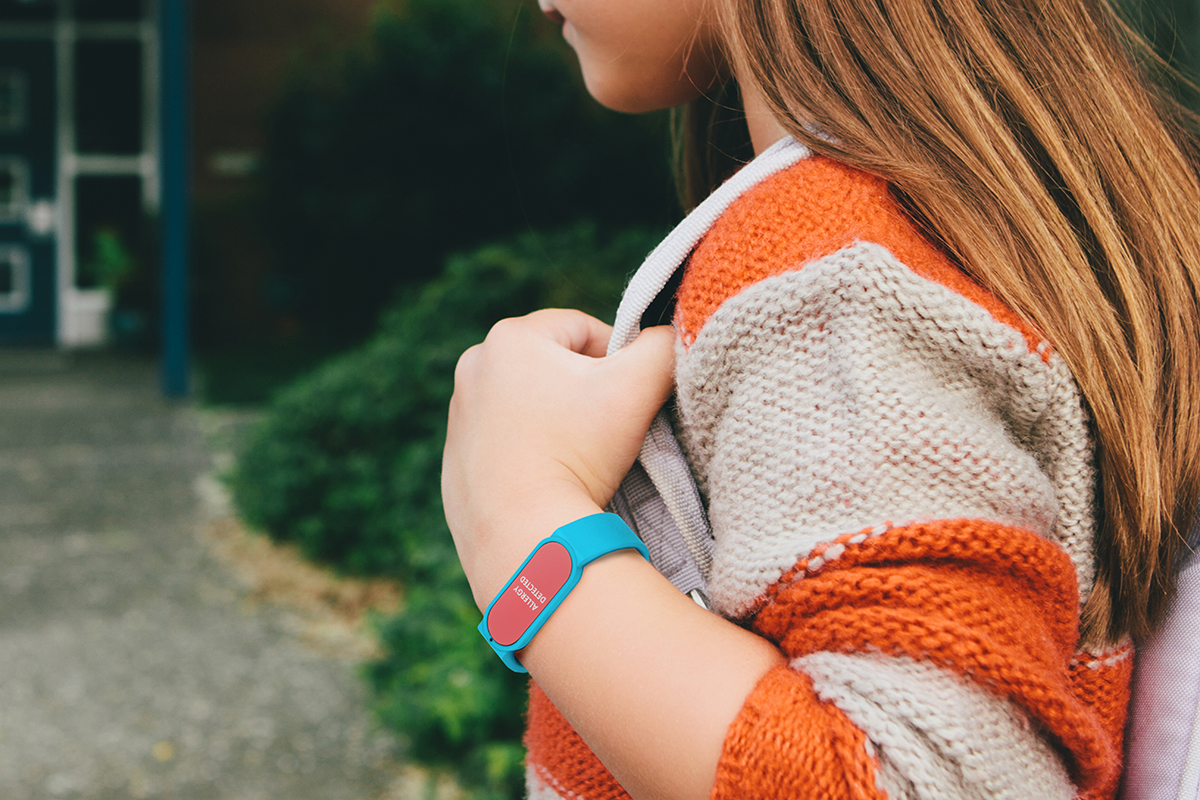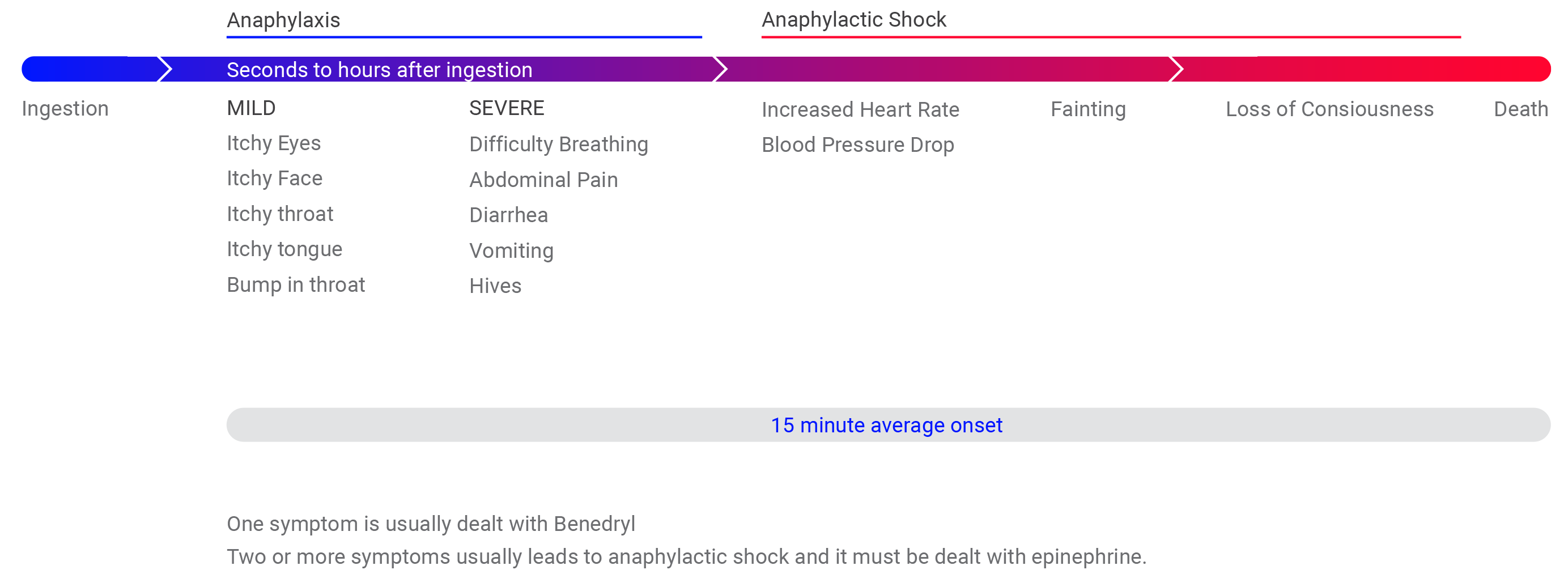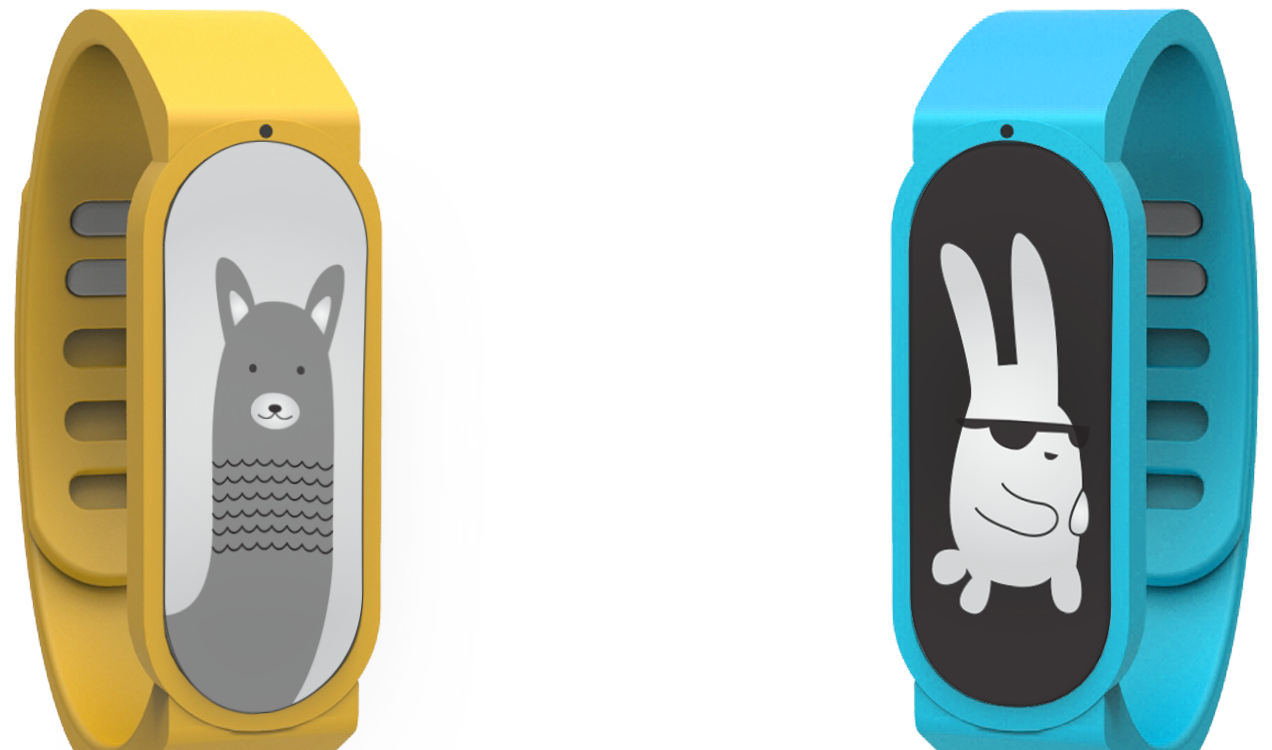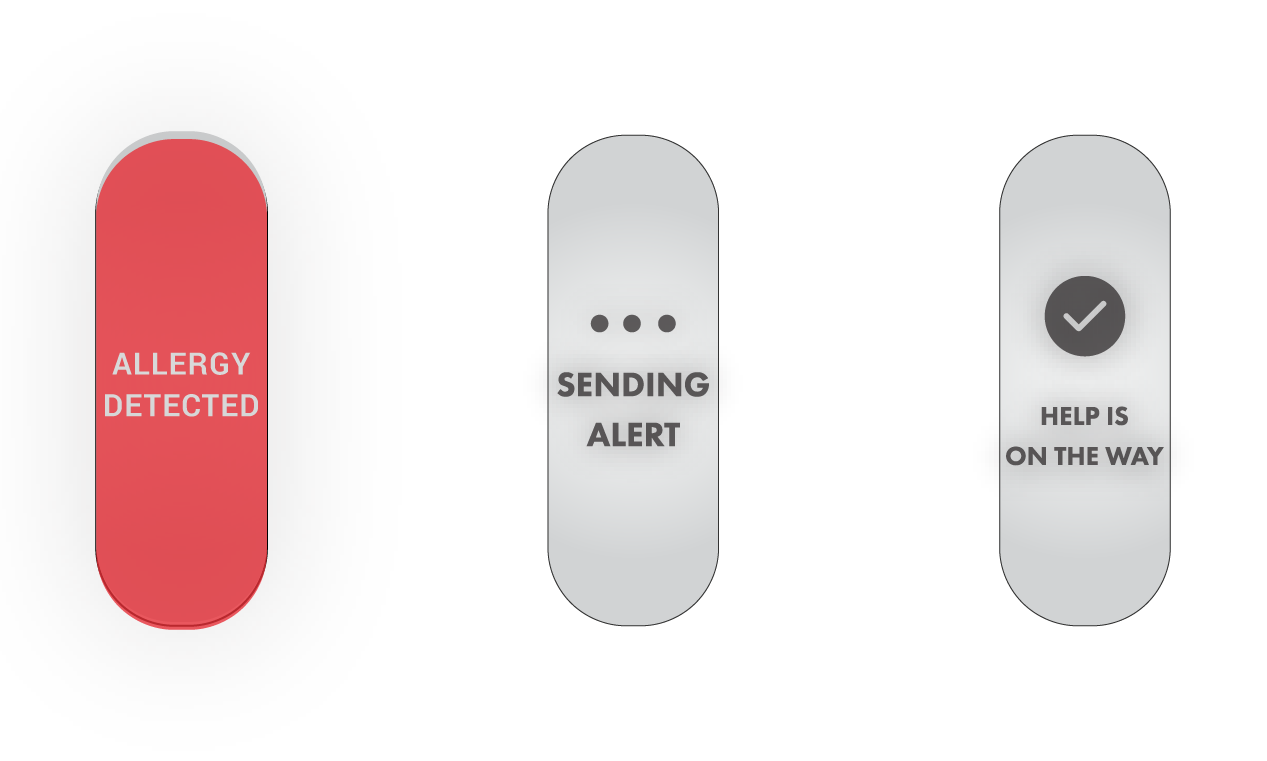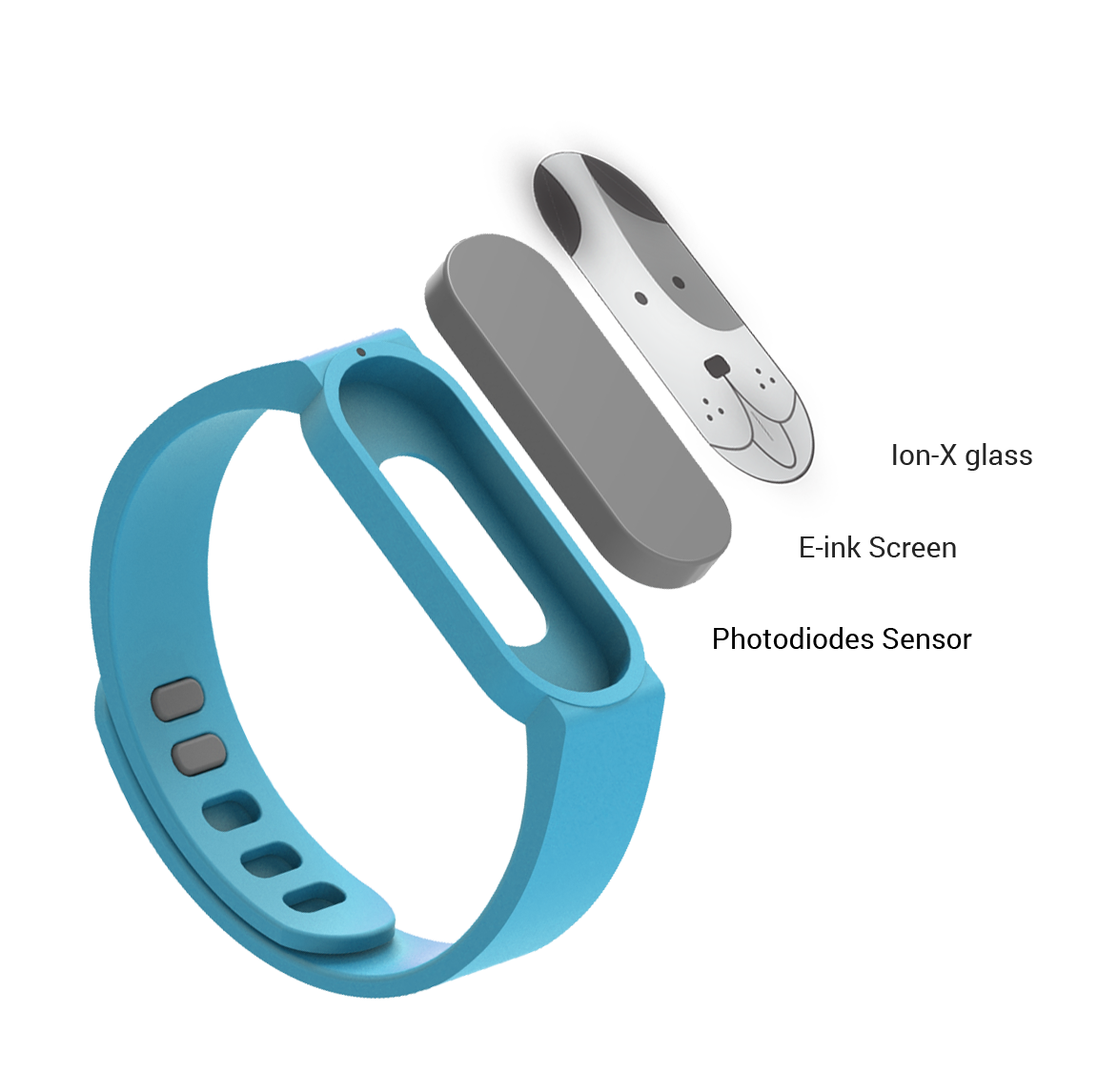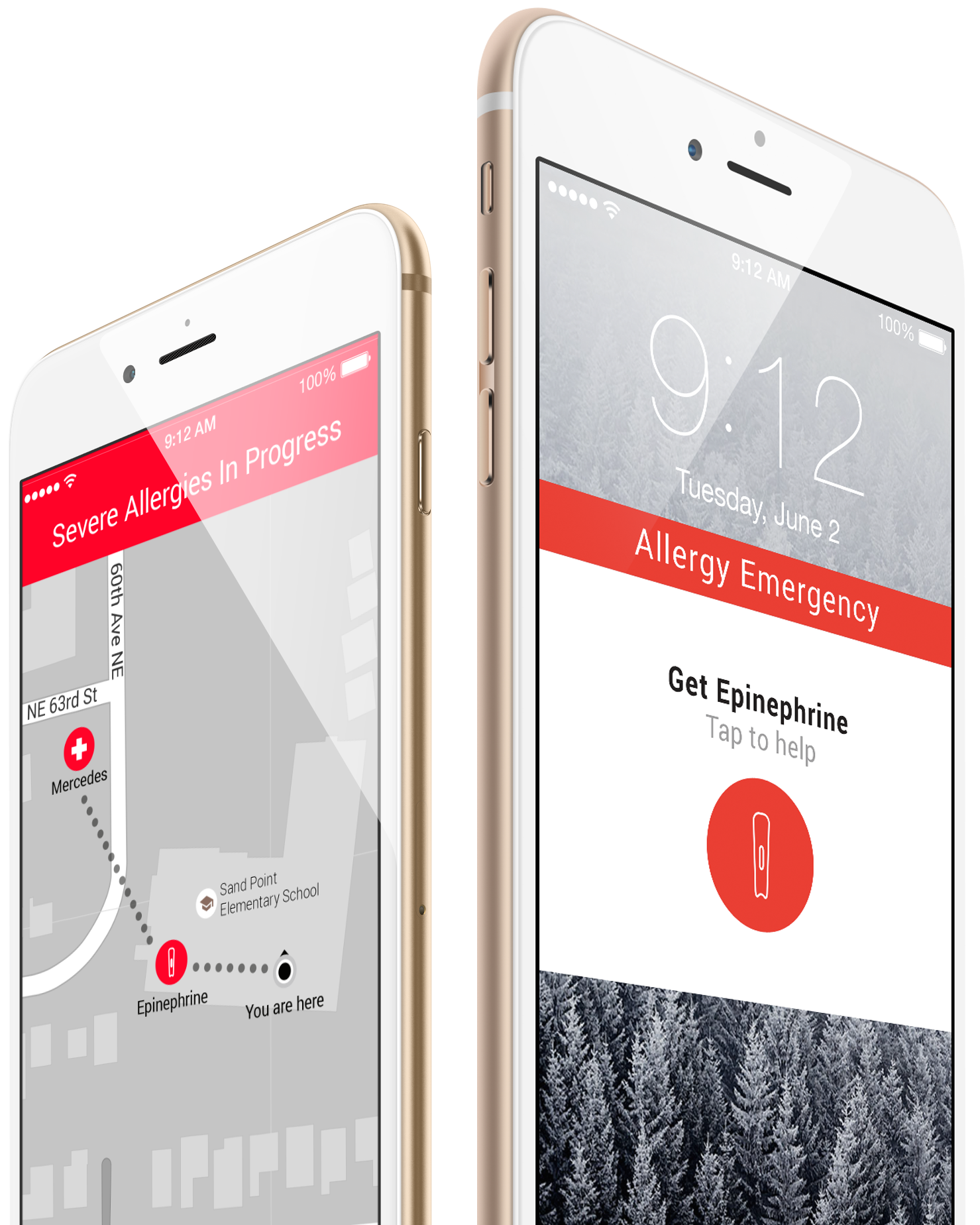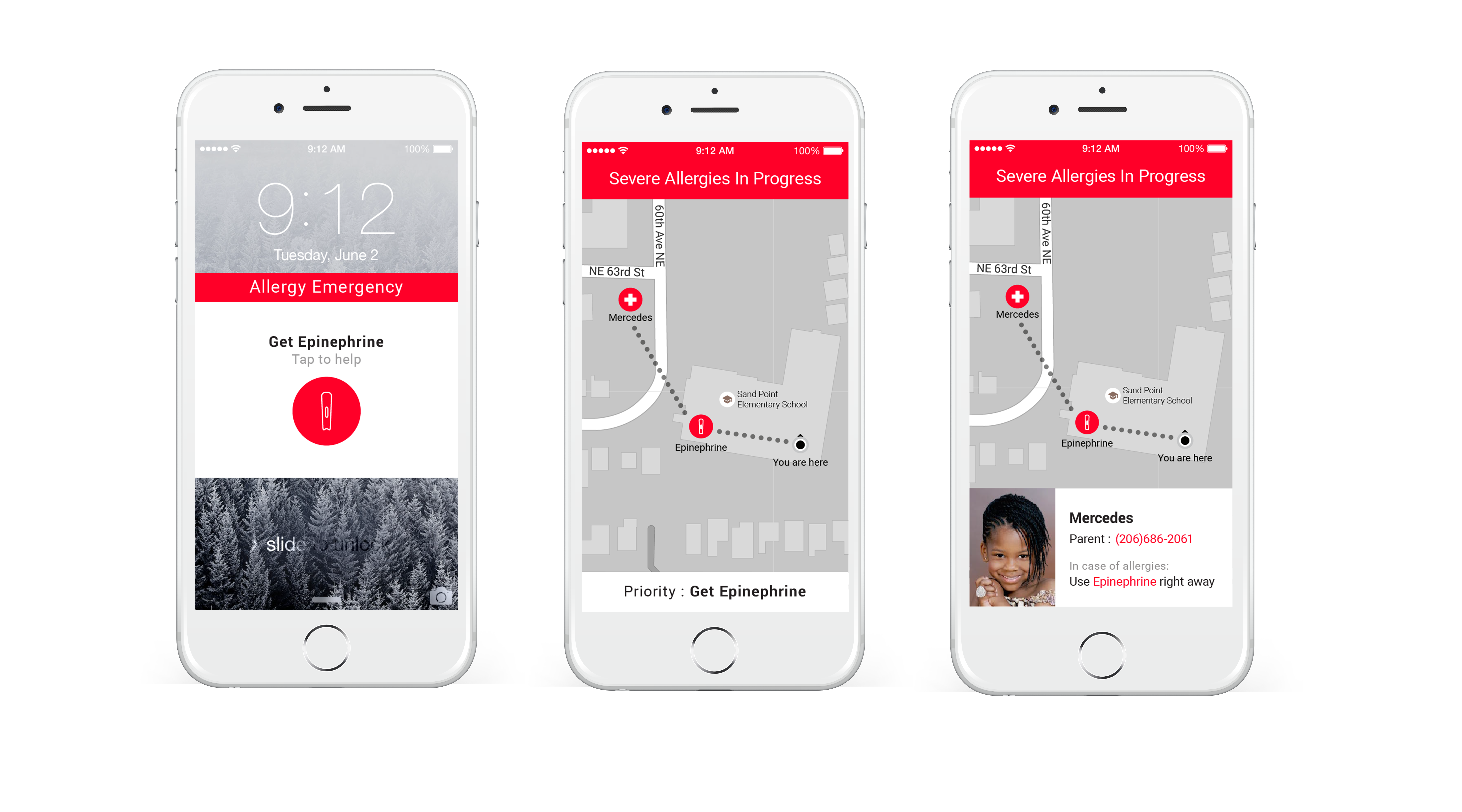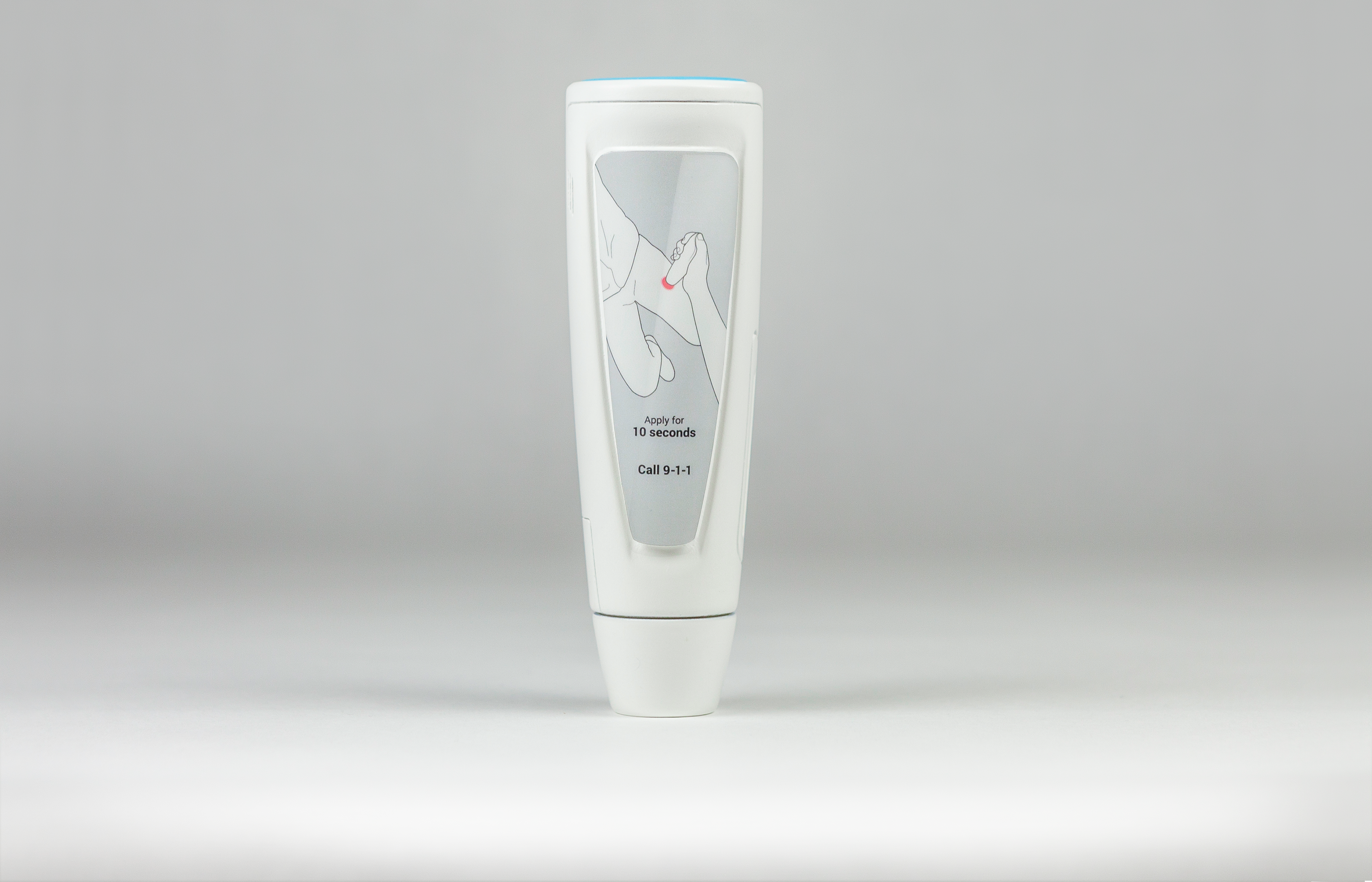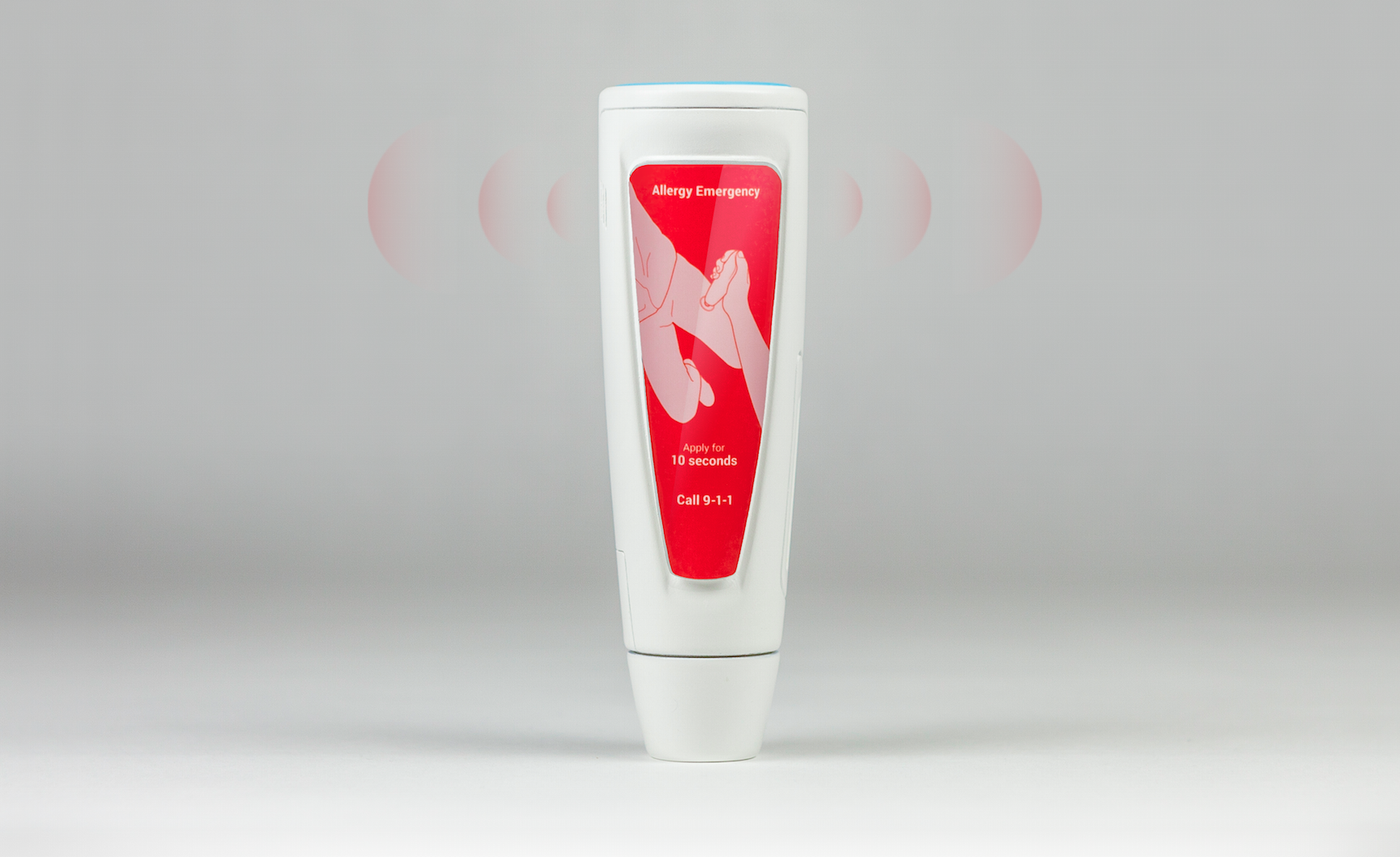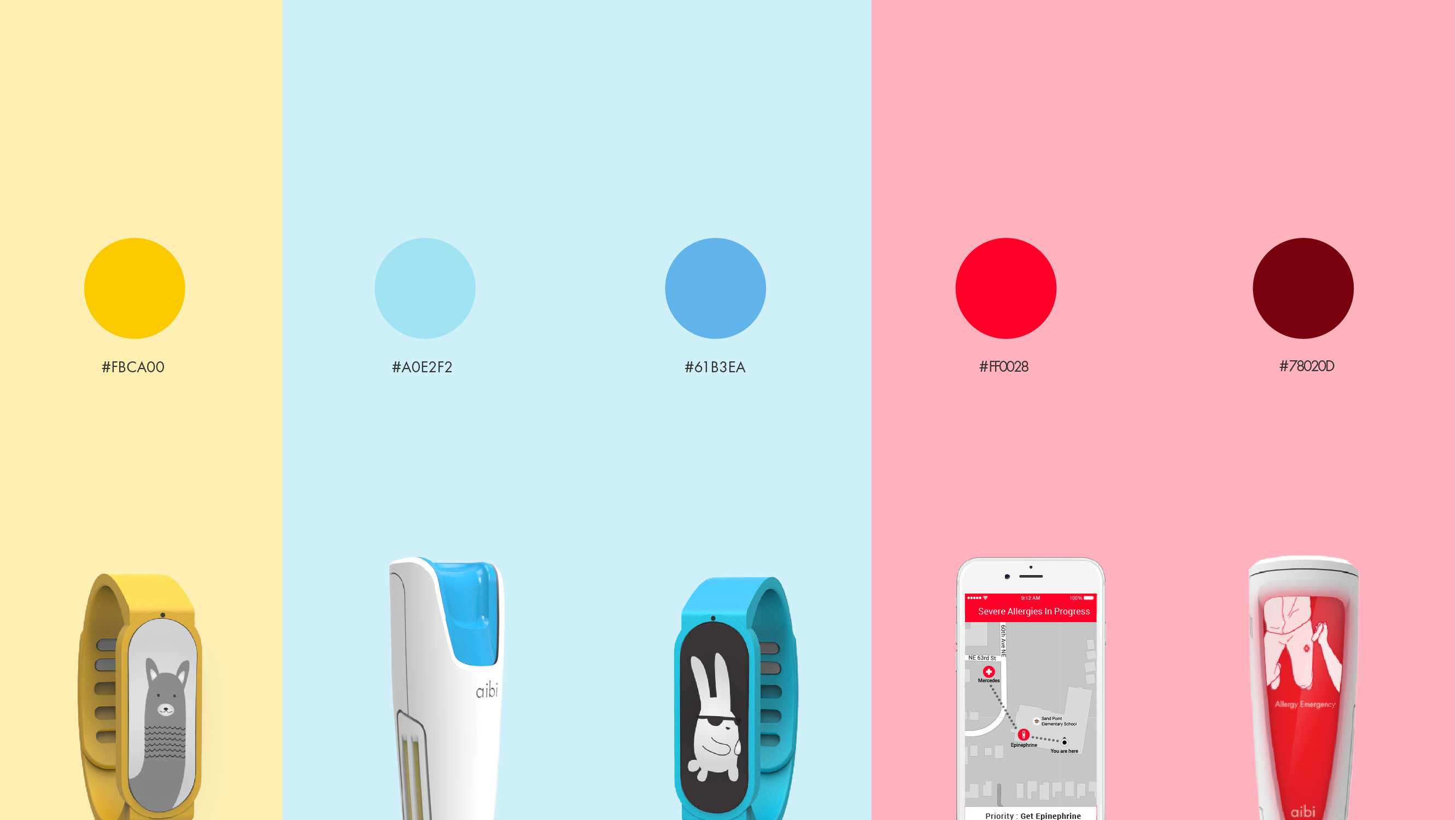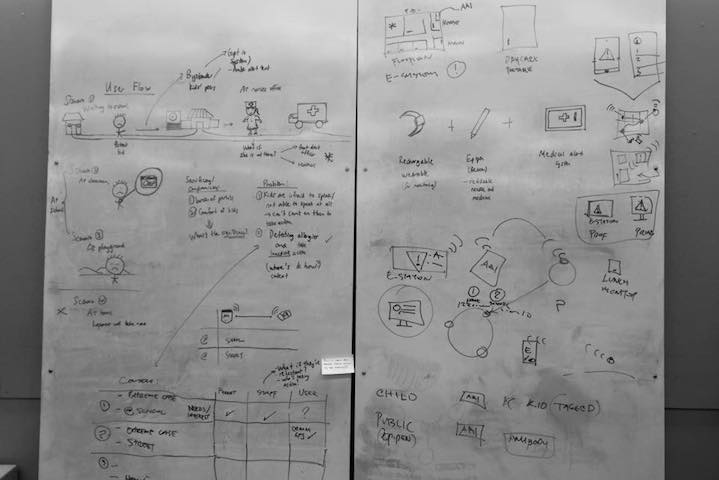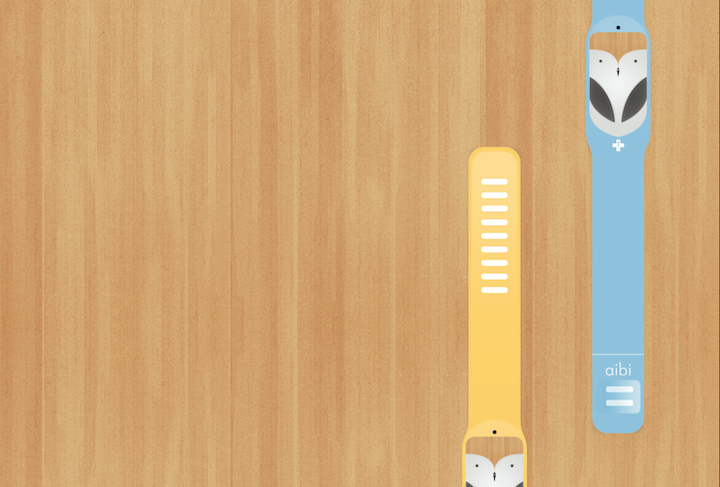Every three minutes a child in the US has an anaphylactic allergic reaction, and every six minutes a child is brought to a hospital, or urgent care center in response to allergy-related anaphylaxis. According to The American Academy of Pediatrics, 1 out of every 12 children, or 11.8 million, has a food allergy, and allergy is increasing in prevalence.
Often, the unexpected triggers of allergies and the complexity of school health services hinder timely medical response. Aibi helps children with allergies monitor their condition and alerts the onset of an allergic reaction to caregivers to ensure a timely response.
Aibi is a design concept that consists of a redesigned epinephrine auto-injector that is more portable and easier to use, a wearable for kids to determine allergic reactions, and a medical emergencies alert system to delegate adults to take action in the case of emergency situation.
Aibi is designed to help kids to defend against allergies. By empowering elementary school children to take action in the quick onset of severe allergies, Aibi can be a critical step in ensuring their survival.
